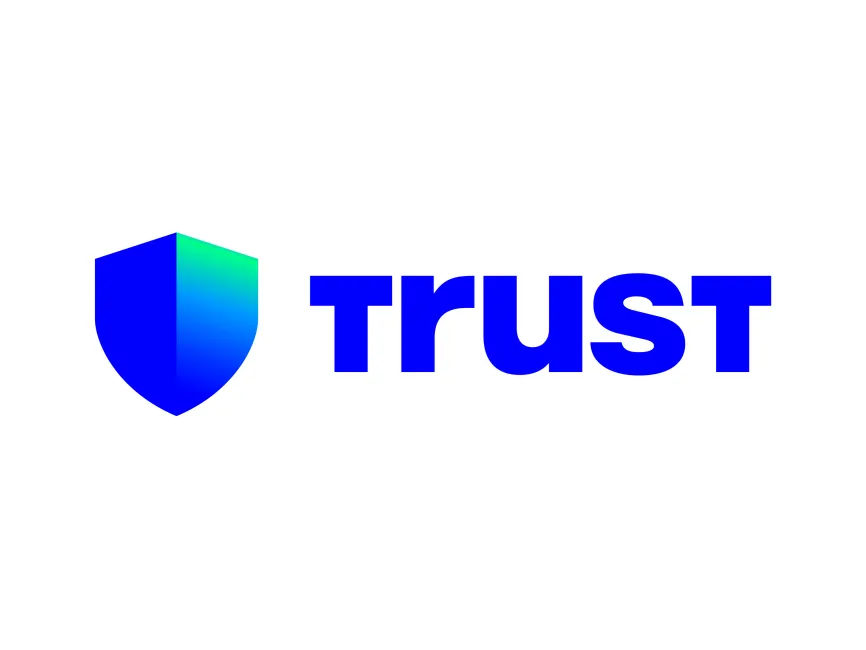Okay, so check this out—I’ve been messing around with different ways to sync my crypto wallets between mobile and desktop, and honestly, it’s a wild ride. At first, I figured it’d be as simple as logging in on both devices and calling it a day, but nope. Something felt off about how most setups work—fragmented, clunky, and frankly, a pain when you’re juggling multiple blockchains.
Here’s the thing: the promise of Web3 is seamless, decentralized interaction. But if I can’t smoothly hop from my phone to my browser without breaking a sweat, that promise feels kinda hollow. Why? Because a lot of us want to dive into DeFi, NFTs, and all those decentralized apps without getting stuck on technical hurdles.
Seriously? Yeah. Initially, I thought browser extensions for wallets were just a neat convenience. But after trying a few, I realized they’re the glue for a truly connected experience. The challenge? Most extensions out there don’t quite nail multi-chain support or syncing across devices in a user-friendly way.
Hmm… It got me thinking—what if there was a way to have your mobile wallet and desktop dApp connector talk to each other like old friends? I’m not just talking about basic access; I mean real-time sync that respects your security and privacy. That’s where the magic happens.
Whoa! Imagine opening your browser, clicking a button, and your wallet from your phone just pops up, ready to interact with any dApp you want. No fumbling with QR codes or re-entering seed phrases every time. Sounds dreamy, right?
Now, let me get a bit deeper. Web3 integration isn’t just about convenience; it’s about trust and control. For example, when you use a reliable dApp connector, you’re not handing over your keys to some centralized service—you’re directly interacting with the blockchain through your device. That’s huge for security. But balancing that with smooth user experience is tricky because of how different blockchains handle connections.
On one hand, mobile wallets have been the gold standard for security, but their desktop counterparts often feel outdated or limited. Though actually, some newer extensions have started bridging this gap quite well. Initially, I was skeptical about browser extensions—thought they might expose users to more risks—but with proper design and open-source transparency, my view shifted.
Okay, pause for a sec—here’s where I geek out a little. The technology behind syncing mobile wallets to desktop browsers involves encrypted communication channels that keep your private keys safe while allowing session data to flow seamlessly. It’s like having a secret handshake between devices, ensuring only you can unlock your assets on any platform.
Check this out—if you’re looking for a solid, well-built extension that handles this integration gracefully, I found the trust wallet extension to be a standout. It’s got that multi-chain compatibility I crave, and the sync between mobile and desktop is surprisingly smooth. Plus, it doesn’t overwhelm you with unnecessary permissions, which is a breath of fresh air.

Honestly, I’m biased because I’ve tinkered with crypto wallets for years, but I appreciate when developers prioritize user-centric design alongside hardcore security. Too many projects focus on one or the other—and that’s exactly what makes trust and usability a rare combo.
Here’s what bugs me about some dApp connectors: they often require multiple manual approvals for every little action, which kills the flow. Good integration should anticipate user needs and streamline approvals without compromising safety. This is where advanced session management and smart contract interactions come into play, but they’re not trivial to implement.
Something else that surprised me was how syncing isn’t just about copying data—it’s about preserving your transaction history, settings, and even preferences across devices. That level of continuity makes switching between mobile and desktop feel natural rather than a chore.
Now, I’m not 100% sure how all these layers of encryption and syncing protocols work under the hood—some of it’s pure black magic to me—but the visible end result is what matters. If crypto users can trust their wallets to behave predictably across platforms, adoption hurdles drop significantly.
By the way, if you’re the kinda person who worries about privacy, these integrations usually use peer-to-peer connections instead of centralized servers, so your data isn’t sitting somewhere vulnerable. That’s a subtle but very important distinction that often gets overlooked.
Anyway, the space is evolving fast. As more dApps pop up and cross-chain interactions become the norm, having a reliable web3 integration layer that effortlessly connects your mobile wallet to desktop environments is no longer just nice to have—it’s essential.
Oh, and by the way, these syncing solutions also open doors for advanced features like transaction batching and gas optimization, which can save users real money and time. That’s a real win, especially when network fees spike.
So, while I still tinker with different tools and watch new releases, my gut says that the future lies in these seamless, trustworthy connectors that bridge mobile and desktop worlds without friction. It’s about giving users control while hiding complexity—kind of like how your smartphone just works without you needing to understand every detail inside.
Here’s the kicker: as Web3 matures, the line between wallets, browsers, and dApps will blur, making extensions like the one I mentioned not just handy but indispensable. I’m excited, but also a bit cautious—because with great power comes great responsibility, especially in crypto.
Anyway, if you haven’t tried syncing your mobile wallet with a desktop browser extension yet, I’d say give it a shot. You might be surprised how much smoother your DeFi journeys get. And if you want a place to start, the trust wallet extension is worth checking out—just my two cents.



